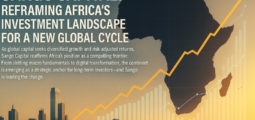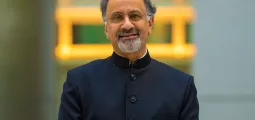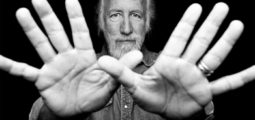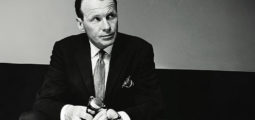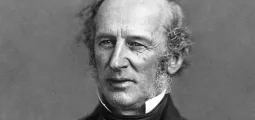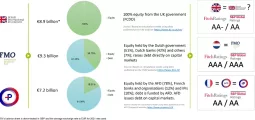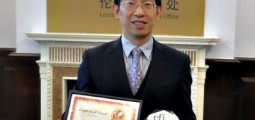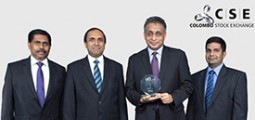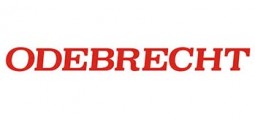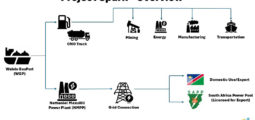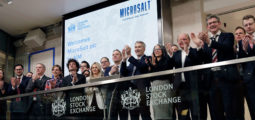The iRenaissance: How Apple Went from Near-Death to World Domination
In the late 1990s, Apple was teetering on the brink of collapse. A decade later, it was the most valuable company in the world. This is the story of how Steve Jobs’ vision, Tim Cook’s operational brilliance, and Jonathan Ive’s design genius orchestrated one of the most iconic business turnarounds in history.
The year was 1997. Apple—once a pioneering force in personal computing—was bleeding cash, losing relevance, and slipping towards irrelevance. Its product line was bloated and confusing, its quality inconsistent, and its market share steadily eroding. The company had become a cautionary tale: a symbol of how innovation, when divorced from execution, could falter.
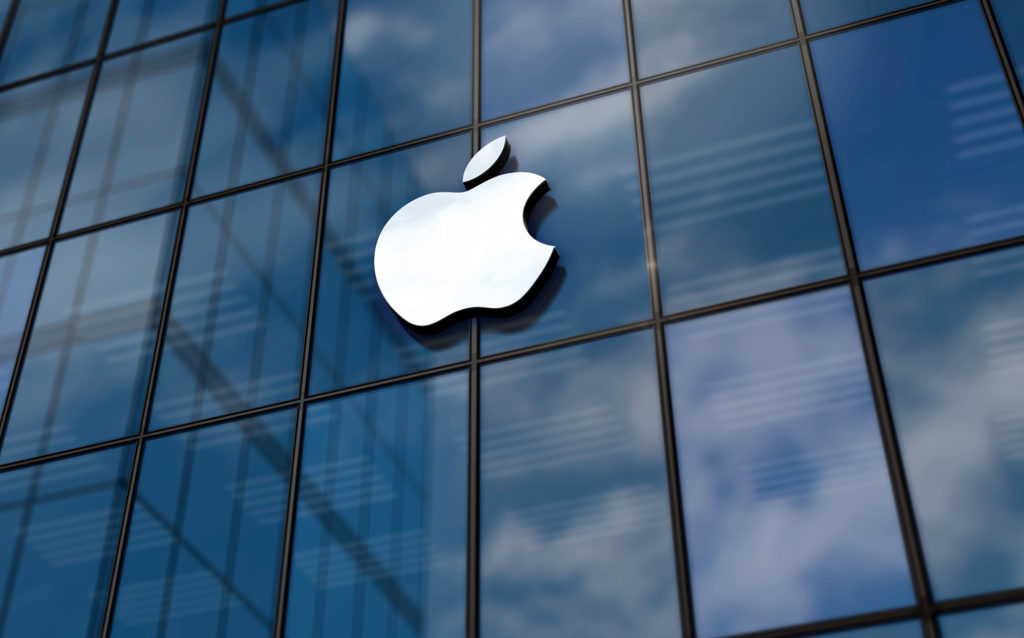
Then came the return of a prodigal founder. Steve Jobs, who had been ousted over a decade earlier, rejoined the company—initially as an advisor, and soon after, as CEO. With him came a renewed sense of purpose. Jobs had not only a bold vision, but the charisma and strategic focus to realign the company’s values around design, simplicity, and a seamless user experience. He saw that Apple wasn’t just selling hardware—it was selling emotion, aspiration, and identity.
One of Jobs’ first major decisions was to streamline Apple’s product line. He slashed the number of Mac models to four, creating clarity both for customers and for internal teams. The “Think Different” campaign followed—a cultural reawakening that reasserted Apple’s identity as the brand for dreamers, creators and non-conformists.
But vision alone would not suffice. Jobs needed someone who could stabilise the business, scale operations, and manage costs with military precision. That person was Tim Cook, a logistics expert who joined Apple in 1998. While Jobs focused on product and messaging, Cook transformed Apple’s supply chain into one of the most efficient on the planet—squeezing costs, optimising production, and ensuring the company could deliver high-demand products globally, at scale.
The first product to emerge from this revitalised Apple was the iMac. Its translucent, candy-coloured shell was unlike anything else on the market. More than a computer, it was a design statement—playful, bold, and unmistakably Apple. The iMac helped reverse Apple’s fortunes, not just through strong sales, but by reigniting consumer interest in the brand.
Then came the iPod.
Launched in 2001, the sleek, pocket-sized music player changed everything. Coupled with iTunes, the iPod gave consumers a simple and elegant way to manage their music libraries, marking Apple’s evolution from a niche computer manufacturer to a mass-market consumer electronics powerhouse. The phrase “1,000 songs in your pocket” became a cultural touchpoint—and Apple, once again, became a company everyone was talking about.
The iPod’s success laid the foundation for something even more transformative: the iPhone. Unveiled in 2007, it was an all-in-one device—combining phone, internet, and media player in a single, touch-controlled form. It disrupted the mobile phone market, redefined personal technology, and set a new standard for what consumers expected from a device. More than a product, the iPhone marked a shift in how people interacted with the digital world.
It was the culmination of everything Jobs, Cook and Ive stood for: form meeting function, design complementing engineering, and intuition shaping experience. And it worked. The iPhone wasn’t just a success—it became the most profitable consumer product in history.
This was followed by the iPad in 2010, which blurred the lines between smartphones and laptops. It gave rise to a new product category and further cemented Apple’s dominance in the post-PC era. By this point, Apple was no longer just a tech company; it was a global cultural force.
Apple’s turnaround wasn’t just about hit products—it was about creating an ecosystem. From iTunes and the App Store to iCloud and Apple Music, the company cultivated an interconnected suite of products and services. This “walled garden” encouraged customer loyalty and recurring revenue, allowing Apple to command premium pricing and industry-leading margins.
Brand loyalty became one of Apple’s greatest assets. Customers weren’t just buying products—they were joining a tribe. This emotional connection gave Apple enormous pricing power and helped shield it from many of the price wars that plagued its competitors.
Of course, the road hasn’t been without obstacles. The company has faced scrutiny over labour practices, supply chain ethics, tax strategies, and anti-competitive concerns. It has had to navigate fierce competition, especially from Google and Samsung. And the post-Jobs era brought questions about whether Apple could sustain its innovative edge.
Yet under Tim Cook’s leadership, Apple has continued to grow, expanding into services, wearables, and sustainability. The Apple Watch, AirPods, and the company’s foray into health, payments, and now AI and mixed reality, have added new dimensions to its offering.
The iRenaissance—a term that aptly describes Apple’s rebirth—is one of the most compelling stories in business history. It is a case study in leadership, vision, and execution. It is a reminder that even the most storied brands can lose their way—and that with the right people, the right strategy, and the right culture, they can come roaring back.
The legacy of Jobs, Cook and Ive is etched into Apple’s DNA. Together, they not only saved a company on the brink—they changed the face of consumer technology and reshaped the modern world.
You may have an interest in also reading…
Lego-like Building Blocks from Recycled Plastic: Click to Win?
This playful idea could conceivably be a solution to our waste problem. But there are hitches… The global plastic epidemic
The Fed vs the Communist Party
Recent quarters, months, and weeks have seen a remarkable clash between the goals of the US Federal Reserve and Chinese
Overall Tax Cost and Compliance Burden Lower for Businesses around the World
Paying taxes has become easier over the past year for medium-sized companies around the world, the latest report from the













